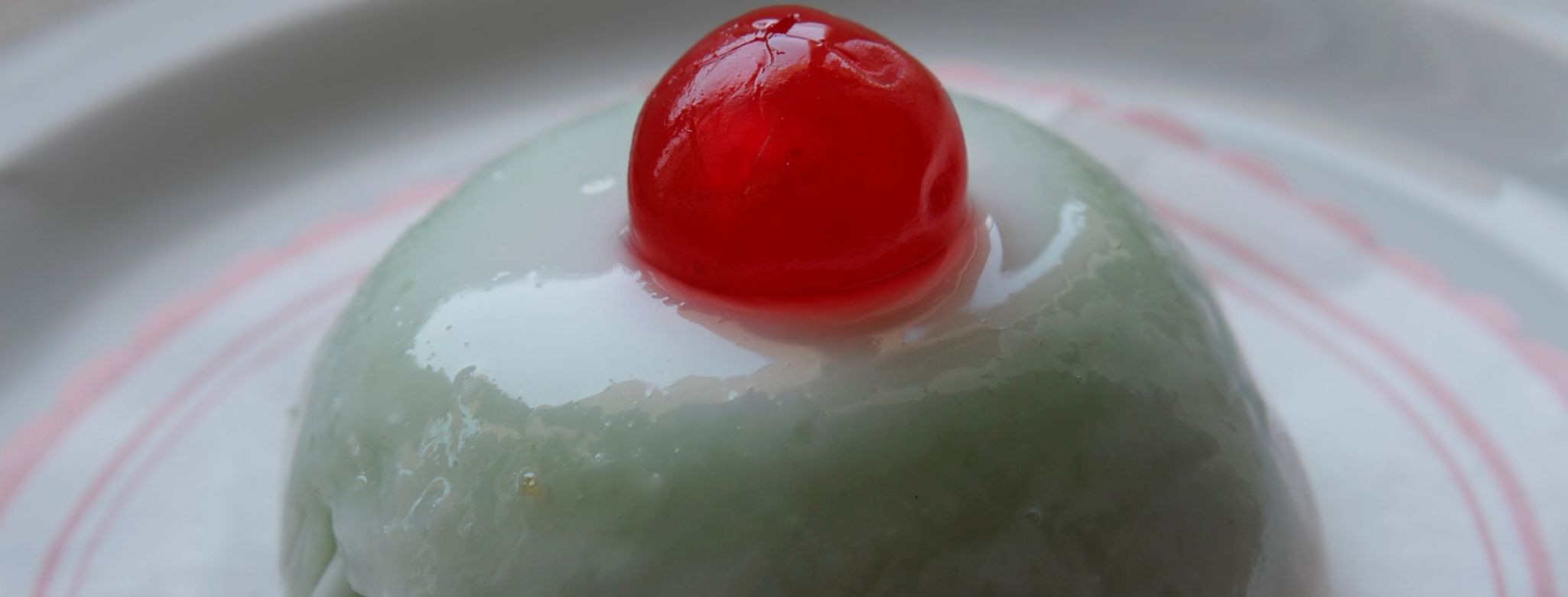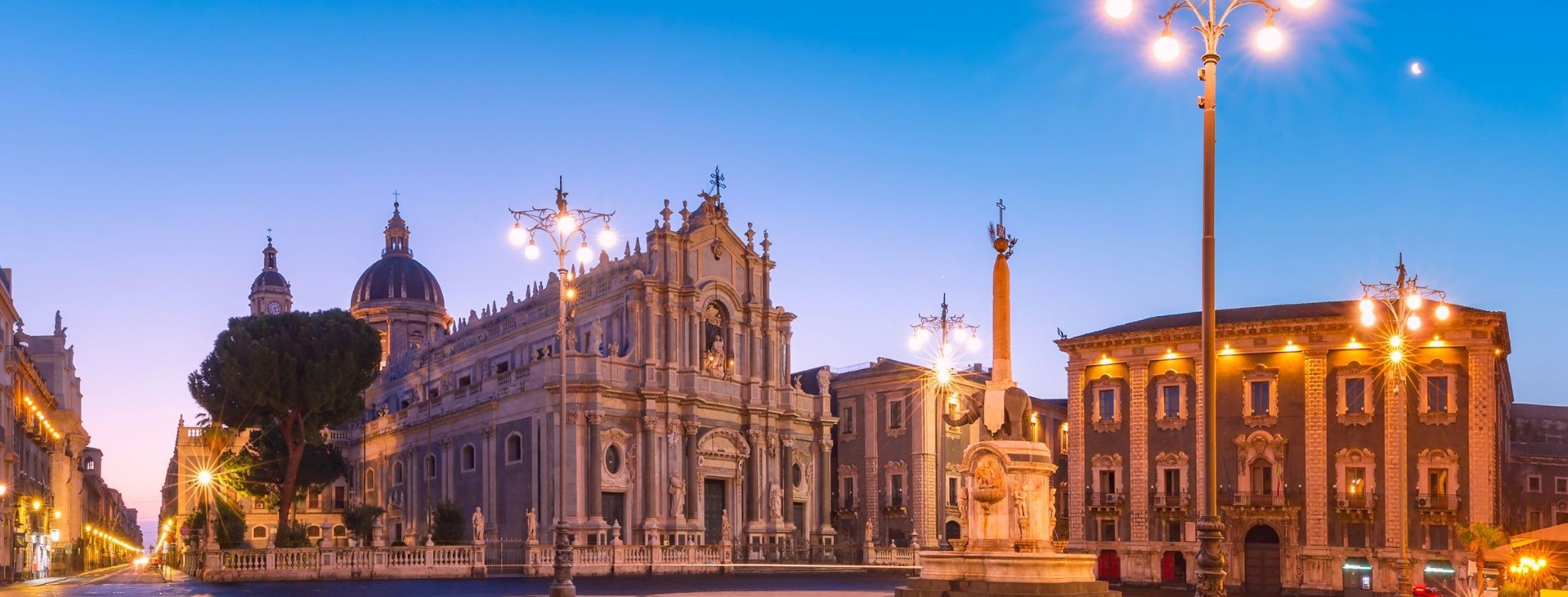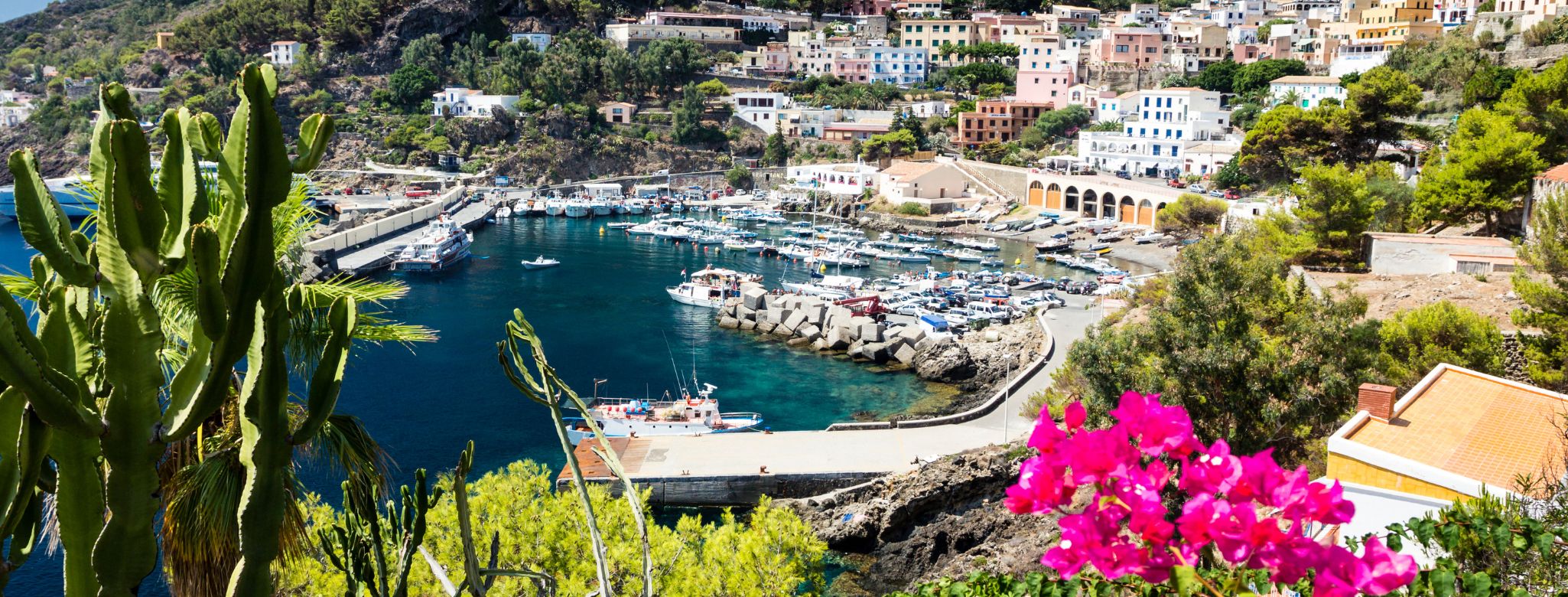SUMMER
2022
The baroc performance in Palermo: five churches to visit in two days
The center of Palermo reveals a thousand-year history that characterizes palaces and churches that unfold in its streets. In this article, we focus only on the spectacle of the baroque of Palermo, different from what we can find in Noto or Catania, but at the same time full of symbols. On our walk, we will admire the spectacle of Baroque art through five churches to see in two days.
Our walk begins in via del Ponticello, a crossroads of the central via Maqueda a few steps from the Quattro Canti. Here, we can visit the Church of the Gesù, better known as the “Casa Professa”.
The construction of this building, one of the best-known symbols of Palermo's religiosity, dates back to 1564 (the facade in fact presents itself in the typical forms of the late sixteenth century), by the Jesuit fathers, but it was only from the second half of the seventeenth century that made the decoration for which the church of the Casa Professa is universally known. Entering inside, one is almost overwhelmed by the richness of the stuccoes and decorations in “mixed marbles”, which adorn walls, columns, vaults, and ceilings. The stuccos are the work of a talented Sicilian artist of the time, Procopio Serpotta, son of the great Giacomo, and "frame" the frescoes that were instead painted by Antonio Grano. The exuberance of its decoration, which unfolds continuously throughout the building, is precisely the trait that has made this church of wonders famous throughout the world. The mixed marble decorations, in particular, are among the most sumptuous in all of Italy.
Returning to via Maqueda, on our right, just before Piazza Pretoria with its famous fountain, Piazza Bellini opens up, inside, in a game that only history in Palermo has been able to do, there are three churches from different eras and of different architectural styles: San Cataldo, Santa Maria dell'Ammiraglio known as della Martorana and Santa Caterina d'Alessandria with its monastery. The latter is a very rich church in its decorations, which in some parts recall that of the church of the Gesù. It is located in the heart of Palermo: one of its entrances overlooks Piazza Pretoria. Reopened to the public in May 2016 after a long period of restoration that restored full legibility to its sumptuous interior, it is a church of ancient origins: it was in fact founded at the beginning of the 14th century as the church of the monastery dedicated to St. Catherine of Alexandria. The church was entirely rebuilt in the second half of the seventeenth century, while the baroque interior dates back to the following century. The opulent decorative apparatus acts as a very rich "backdrop" to the works of the artists who worked for the church: among these the painters Filippo Randazzo and Vito d'Anna, the sculptors Ignazio Marabitti, Gioacchino Vitagliano, Giovan Battista Ragusa, Ignazio Marabitti and Procopio Serpotta . The monastery can also be visited: the majolica floor of the cloister of the fountain is splendid.
Approaching the Quattro Canti, we cannot fail to visit San Giuseppe dei Teatini. The church was built in the seventeenth century. The interior decoration makes great use of marbles of all colors, which give the church its particular and iconic appearance, which has few equals in Sicily for the richness and variety of the materials used. The 34 columns are all made of gray Billiemi marble. Inside, works by great artists such as Domenico Gagini, Pietro Novelli, Guglielmo Borremans, Olivio Sozzi, Giuseppe Velasco, Procopio Serpotta, Andrea Palma. Looking up, it is impossible not to appreciate the frescoes that adorn the vault and depict The Triumph of the Saints and Blessed of the Theatine Order, by Filippo Tancredi.
Going up via Vittorio Emanuele, almost halfway along the path that leads to the Cathedral of Palermo, is the church of the Santissimo Salvatore.
The first building of worship on the site of the Holy Savior dates back to the 11th century, but the current building is due to the inspiration of the architect Paolo Amato, architect of its complete renovation in the second half of the 17th century, commissioned by the Sisters of the Order of St. Basil the Great. The new church was consecrated in 1704, but the operations relating to the realization of the decorations continued throughout the eighteenth century. It is a unique church in Palermo due to its conformation: an elliptical plan inserted in a dodecagonal structure, which makes it decidedly unusual and scenographic. The structure is then completed by two chapels, the presbytery dome and the large dome around which a walkway was built. The church was damaged during the Second World War, but then underwent a delicate restoration which, while not recovering all of what was lost (the frescoes in the dome, for example, are very fragmentary, unfortunately), nevertheless managed to restore her face.
The church has undergone other interventions in recent years and its opening is made possible by the Friends of the Sicilian Museums Association, which guarantee the full possibility of visiting. Due to its original shape (it almost looks like a theater!), the church in the past also served as an auditorium, while today it has returned to being a place of worship.
To reach our last stop, we can also decide to lose ourselves in the wonder of the colors and scents of the Capo market, the oldest historical market in the city that develops behind the cathedral in a maze of picturesque alleys where you will also come across churches and monuments as well as in its sounds and folklore. Here, almost upon reaching the Court of Palermo, near Porta Carini, you will find the church of the Immaculate Conception al Capo. The church has an altogether sober facade, but upon entering one is as though projected into another world, made, as in other Palermo churches, of mixed marbles, stuccos, twisted columns, and sumptuous frescoes. It is another convent church, annexed to the ancient monastery of Benedictine nuns of the Conception (no longer existing today: it was demolished in the nineteenth century), whose current building was designed by Antonio Muttone, an architect of whom we know very little information (but we know that he was of Lombard origin). The interior decoration continued until the late eighteenth century and could only be said to be completed in 1740, when the painter Olivio Sozzi created the ceiling decorations. Inside there are also important altarpieces: in particular, we note an Immaculate Conception by Pietro Novelli, one of the greatest Sicilian painters of the seventeenth century, who decorates the main altar and which represents almost the fulcrum of the decorative apparatus of the most important part of the church.






































